View Nineteen: Ivor Rackham and his photo Coquet and Cumulus
In this impressive black and white shot, Ivor portrays another of the island’s many aspects.
You can see more of Ivor’s work on his website here and Instagram here.
View Twenty: Paul Mein and his poem Grace
Paul writes: Grace Darling became famous for her part in the rescue of survivors from the Forfarshire, shipwrecked off the Farne Islands in 1838. She died, aged 26, in 1842. Her brother William became the first lighthouse keeper on Coquet Island, just before her death. South of the Fabled Farnes the island reaches out fingers of rock to its better known cousins, last outcrops of the Great Whin Sill. From his lighthouse eyrie a brother seeks out his sister on the northern wild water of his memory. Terns and seals, wave and wind, swap tales of holy men and hermits, storms and shoals, stories of her bravery, while the light slices the darkness, searches blindly for her presence in the tumult. You can find out more about Paul's work on Facebook here.
View Twenty One: Retired fisherman Christopher Armstrong and his memories of sailing around and beyond Coquet Island.
Christopher fished out of Amble all his working life: “When I left school at 16 on the Friday afternoon, I was in the coble at 4 o’clock the next morning. That was me dad’s coble ‘The Fruitful Vine’ and I started with him and me Uncle Billy.”
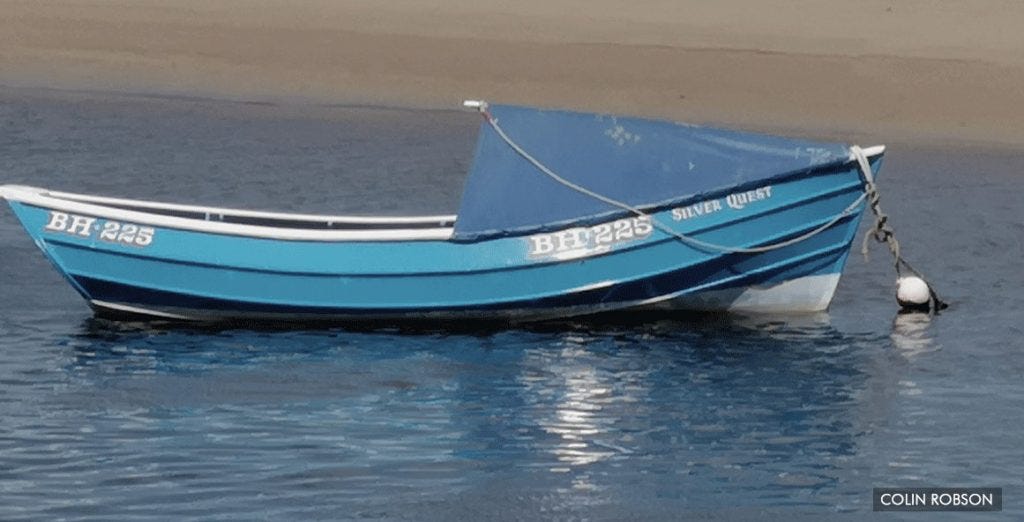
In this short extract from a conversation with Christopher, he recalls sailing the ‘Coquet Road’
View Twenty Two: Debbie Hedley and her poem On a breeze to Coquet Island
Local writer, Debbie, catches a breeze in this shape shifting poem, accompanied by her photo of the island sailing silently like a mirage on the horizon.
On a breeze to Coquet Island Up up I lift. I float, I drift out from the cliff. Feather-like I’m deft and swift. I catch the north wind, it moves me faster. It hastens my journey across the sea. Across the sea, where the terns chatter, the puffins gather, the rabbits scatter. If I could float upon the air, out to sea. Oh how I would love to be that free.
View Twenty Three: Celebrating 150 years of the lighthouse in 1991
The programme states: In 1840 a contract was placed with R Dunn, Builders of Alnwick, for the construction of the station and its equipment. The prices given were as follows:
Buildings £3,268.5s.2d Lantern £665.3s.5d Lighting Apparatus £1,476.7s.4d Fitting out £486.15s.1d
The station was built to a design approved by the Duke of Northumberland who stipulated the castellated style in keeping with the ruins on the island and Warkworth Castle, which is also owned by the Duke and from which Coquet Island can be seen.
Coquet is a small low tract of green pastureland lying close inshore off the Northumberland coast at the mouth of the Coquet River.
View Twenty Four: George Martin and the second part of his prose memoir COQUET ISLAND – Reflections of an Ambleite
Growing up in Amble during the 1950s, an occasional special day out was a family picnic on Coquet Island - uncles and cousins owned fishing boats which took us there.
Landing on the island is strictly forbidden nowadays since the island became a protected bird sanctuary (incidentally I agree that making the area a protected site for birdlife is far more important in these enlightened times). In those days we were a Superpower, having seemingly unlimited stocks of coal for power and surrounded by seemingly unlimited stocks of seafood, well you live and learn.
The last outing of my family to picnic on the island I remember well, ‘cos it didn’t go well.
Mams, Dads, kids, picnic baskets, towels, bats and balls etc were loaded into the coble fishing boat belonging to a cousin – The Emulate it was called if memory serves. Halfway between the piers and the island I recall seeing Aunty Anne’s picnic basket topple over in the bottom of the boat spilling the contents straight into the engine compartment. A checked tablecloth was promptly chewed into the engine which then seized. Suddenly it was quiet, no engine noise, just the sound of the sea.
Attempts were made to free the chewed up tablecloth from the engine – couldn’t be done. What seemed a laugh at first got a bit more serious as the coble gradually turned to be broad side on to the waves and rocking quite markedly. We realised we were being pushed towards the Pan Bush Rocks by the tide.
When somebody asked “Who can swim?” Mams and Dads and me…we all thought this could be serious.
I remember people shouting across to others on the pier and a few minutes later one of the fishing boats came out of the harbour, put a rope across to the coble and towed us back into the harbour.
No serious injuries except maybe to pride and Aunty Anne’s table cloth. Perhaps for a good job, that was the last trip my family had involving Coquet Island – I’m sure the feathered residents are glad of that too!
Pictured above are some members of the Dawson family on a typical picnic on Amble Links sat in front of the White House (now demolished) at the edge of the shore. Aunty Anne whose basket triggered the breakdown is second from right, middle row, while I am sat front and centre sporting typical pink NHS glasses circa 1956
It has been a pleasure to exhibit these six views this week. We hope you have continued to enjoy them. Another six will follow next weekend. If you haven’t already subscribed, please consider doing so (it’s free!) and share this artistic collaboration with others.

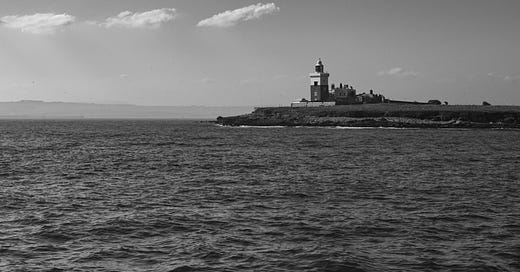



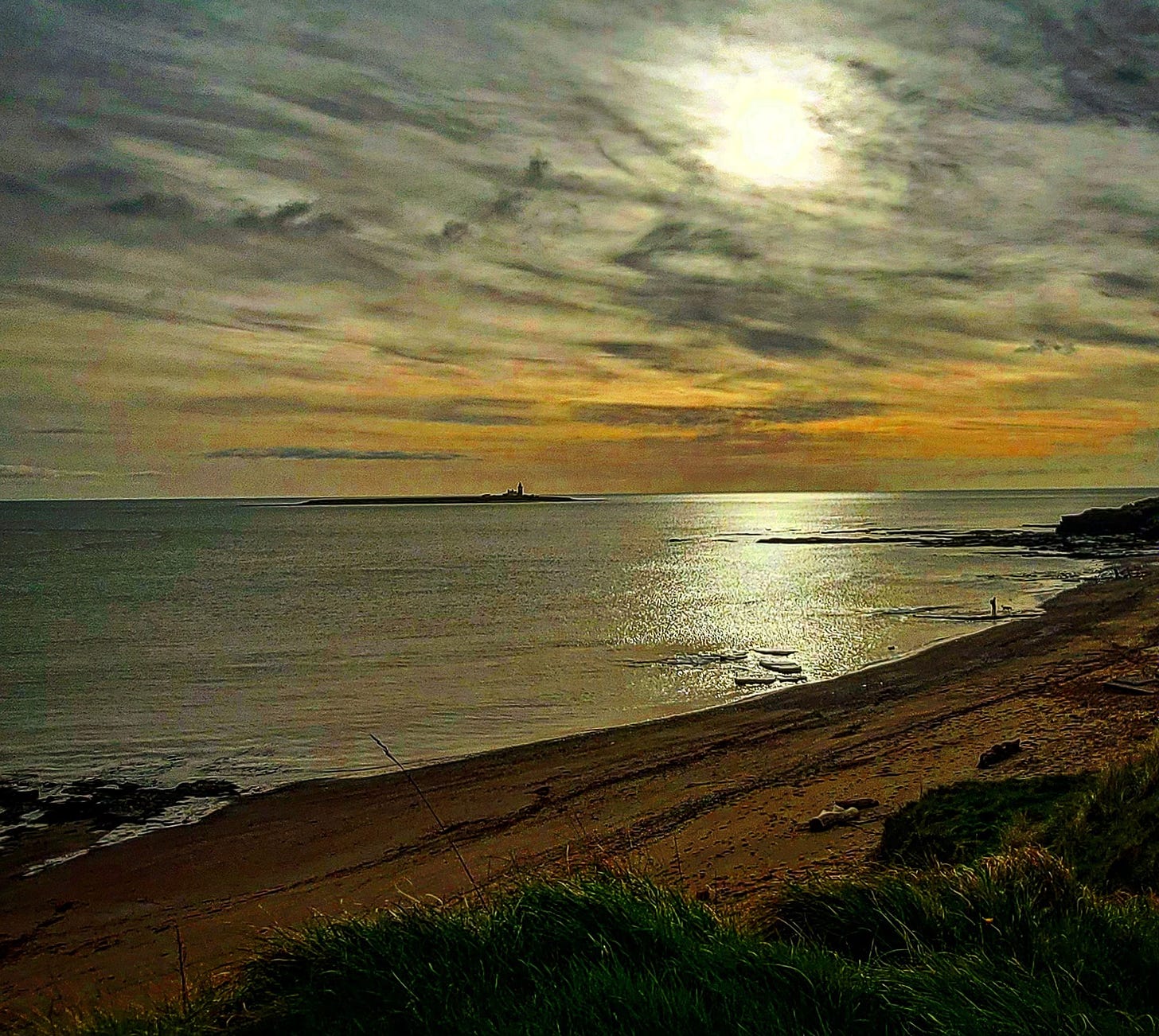
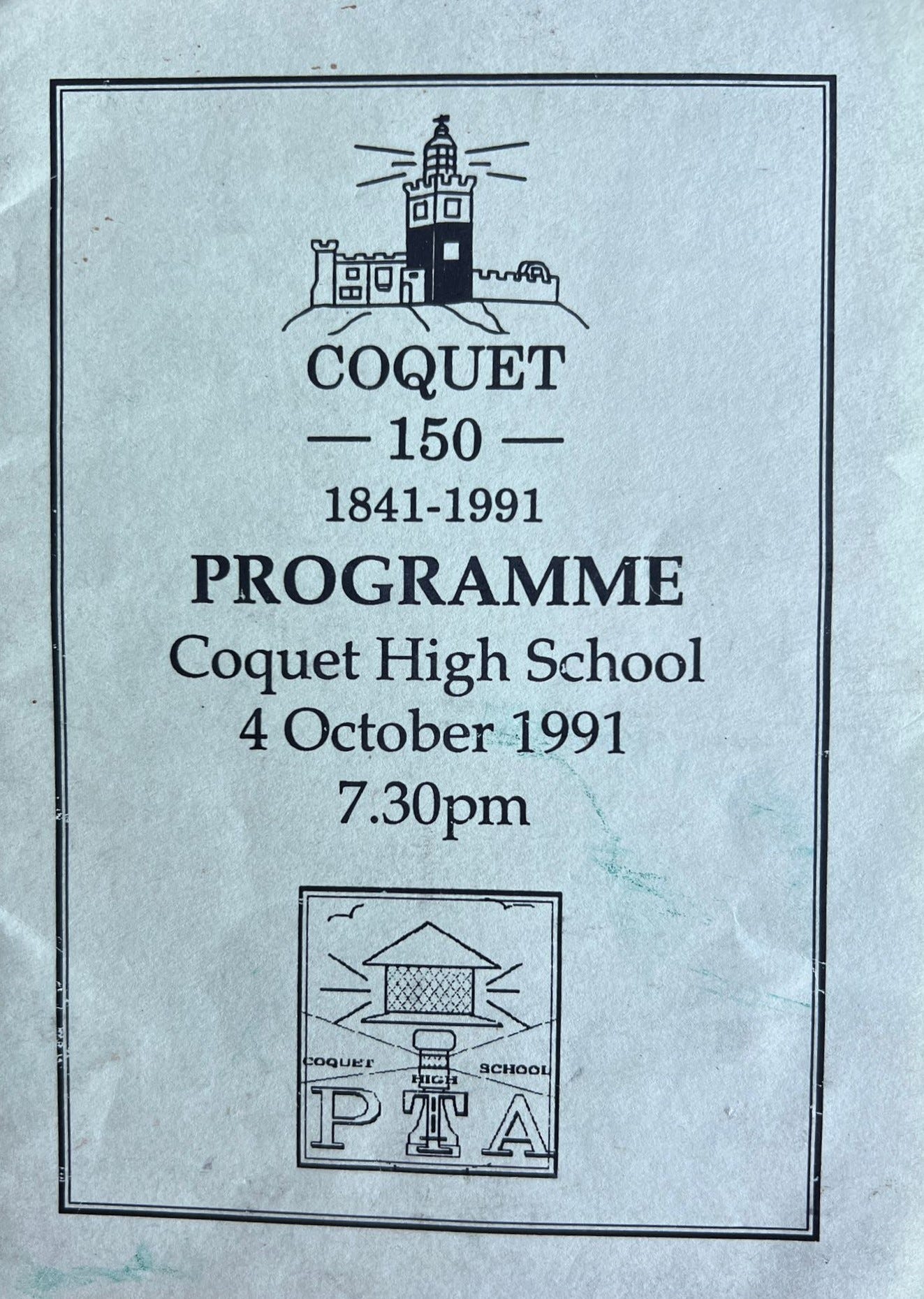
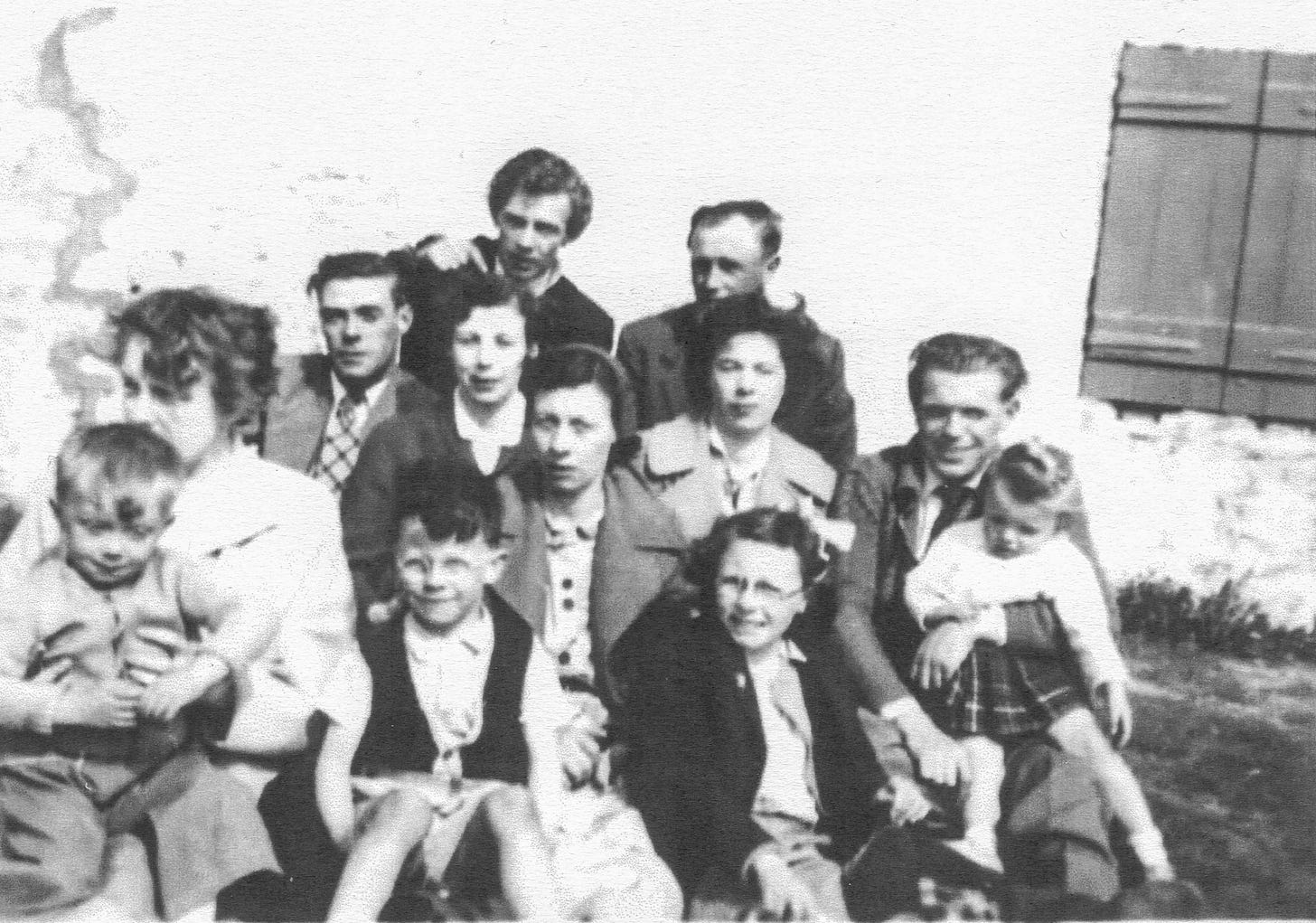
My husband and and I have so enjoyed ALL views of Coquet Island especially this edition.Thankyou.
What a superb collection of photos and poems of this special island . Particularly love George's memories, so reminiscent of those wonderful, post-war family outings of childhood days. Glad you all got safely back to shore George, albeit minus one red and white checked tablecloth!